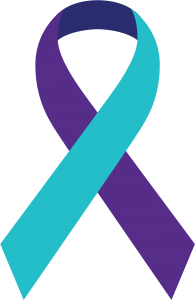
PHAI’s Sarah Peck, director of #UnitedOnGuns, along with James Alan Fox, the Lipman Professor of Criminology, Law and Public Policy at Northeastern University, published an opinion piece in the Mercury News of San Jose, where a tragic public mass shooting at a light rail yard resulted in 10 deaths, including a self-inflicted gunshot wound to the shooter. Peck and Fox note that public mass shootings almost inevitably involve suicidal ideation on the part of the shooter. They write that this fact, “provides hope that some of these horrific crimes can be prevented by focusing specifically on suicide prevention.”
In fact, focusing on suicide prevention may be the most effective way to reduce death caused by guns in the U.S. as nearly 2 out of 3 gun deaths are the result of suicides. In the various gun narratives, this is hardly a dominant theme. Nor it the fact, pointed out by the authors, that, “the risk a household member will commit suicide is increased threefold when there is a gun in the home.” Peck and Fox recommend 2 policies to help reduce gun-involved suicides.
1) Temporarily remove a firearm when a household member is in crisis, and
2) Safely secure handguns and long guns bought for sport or protection, especially if there is a minor in the home.
The first of these policies is known as a “red flag” law or “extreme risk protection order” (ERPO). Evidence to date suggests that ERPO laws may, indeed, help to reduce suicide. Guns as, by far, the most effective means of successfully carrying out a suicide attempt. Research published in the Annals of Internal Medicine found that while, overall the 8.5% of suicide attempts result in death, 89.7% of suicide attempts involving guns are lethal. Safe storage of guns have been found to reduce gun-related injuries and death.
Read the commentary here.
